TEE Simulators Shown to be Effective POCUS Education Tools




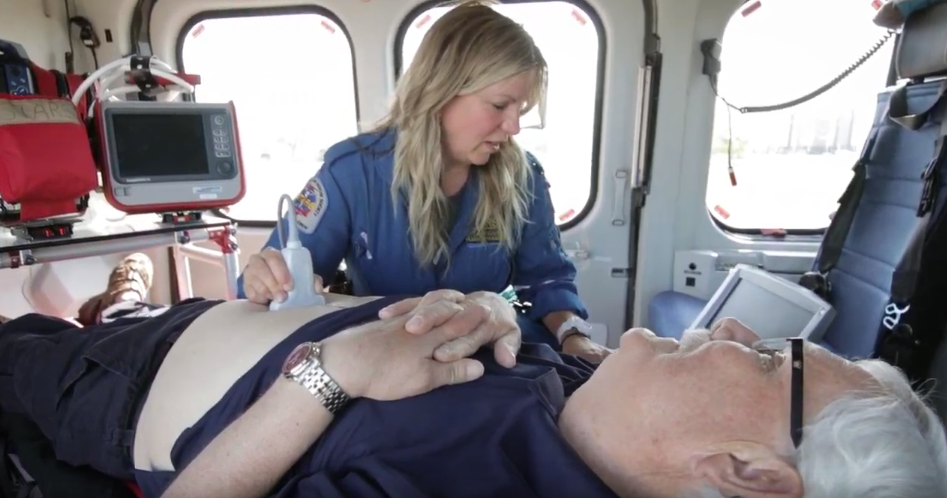
STARS (Shock Trauma Air Rescue Service) Air Ambulance is a non-profit emergency air transport organization* that serves rural communities in British Columbia and Alberta, Canada.
Funded by donations from private individuals, STARS was founded by Dr. Gregory Powell, who had seen the difference that helicopter transport could make in patient outcomes as an observer in a M.A.S.H. unit during the Vietnam War.
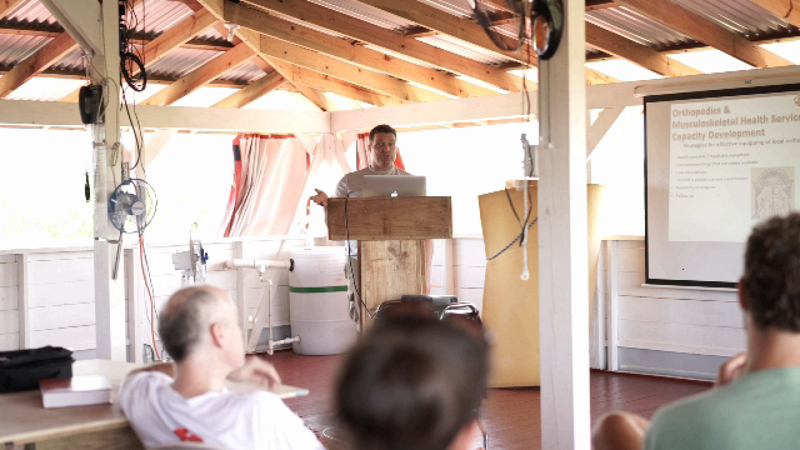
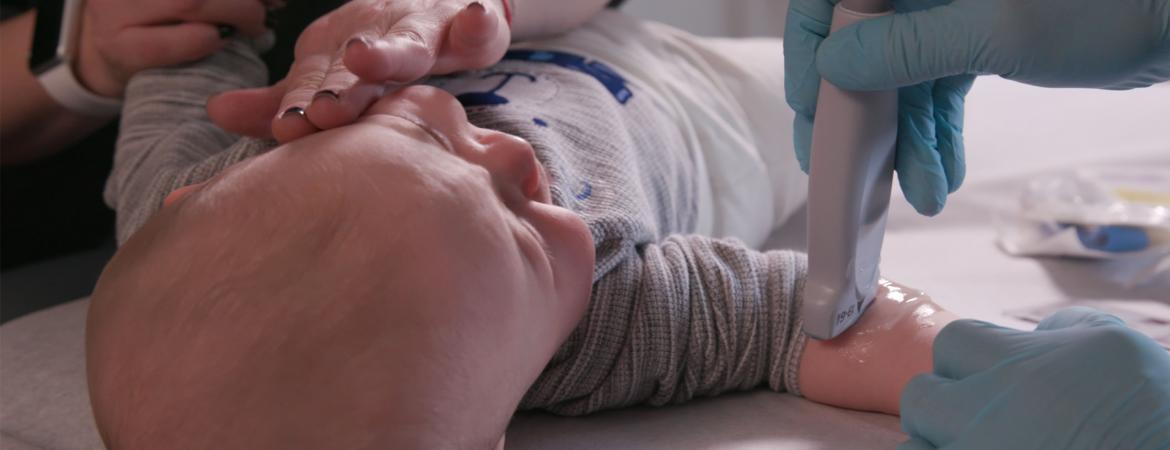
More than five million central venous catheter (CVC) lines are placed in hospitals each year, making it one of the most common invasive emergency room procedures.
Sonosite representatives joined Essex & Herts Air Ambulance (EHAAT) at Audley End House in Essex on the 25th June as the charity celebrated its 20th anniversary and unveiled its rebranded fleet – including the first public appearance of its recently purchased Augusta Westland AW169 helicopter – at an open day attended by 3,000 people.
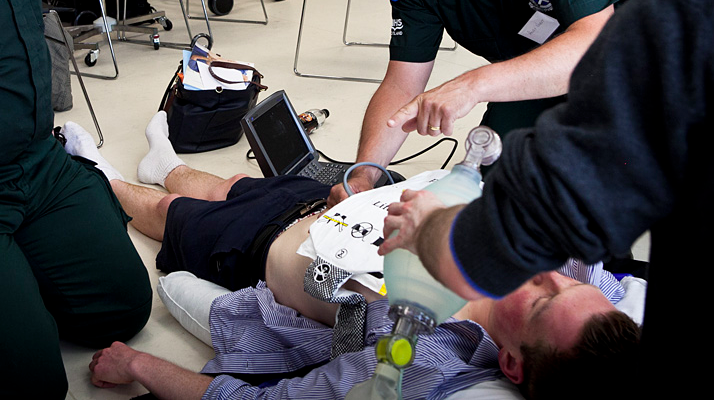
How valuable is the use of point-of-care ultrasound in resuscitation situations? Consider the following case study, provided by Dr. Mark Mensour, ER physician, Assistant Professor at the Northern Ontario (Canada) School of Medicine and course developer for Emergency healthcare practitioners.
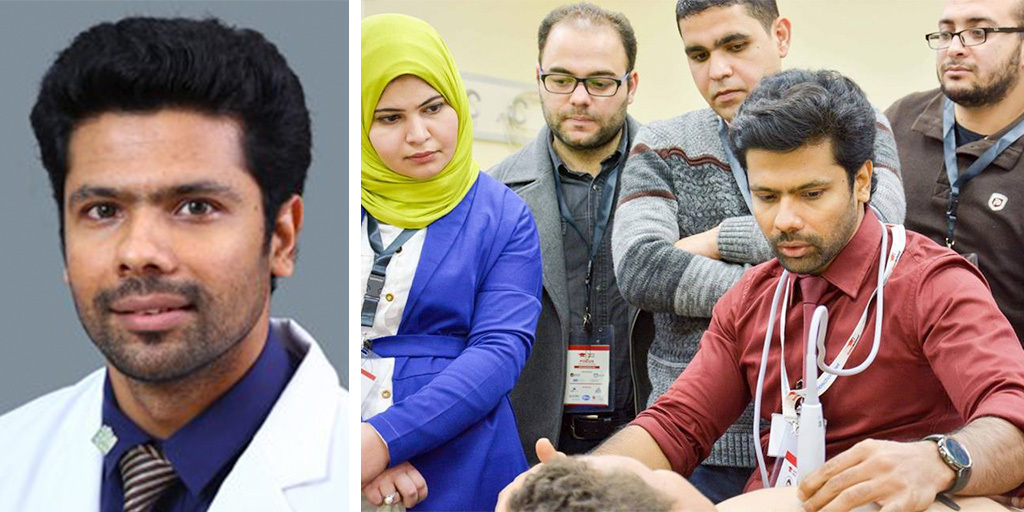
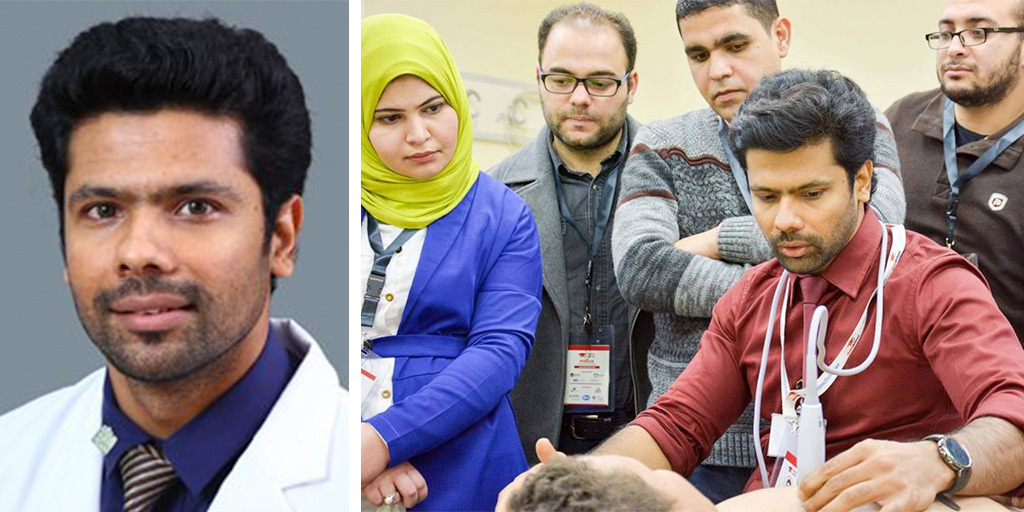
Dr. Fabith Moideen, Chief of Emergency Medicine department at Baby Memorial Hospital, Kozhikode, Kerala, India has worked for 13 years in emergency medicine. Dr. Moideen recently shared his journey with point-of-care ultrasound (POCUS) and its importance in routine clinical practice.

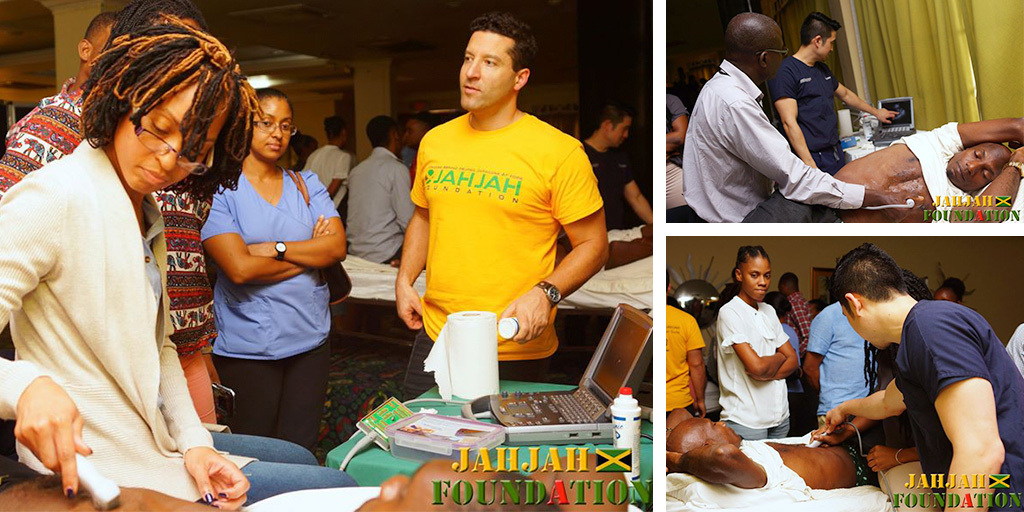
Trevor Dixon, MD, RDMS, is the Director of Emergency Ultrasound at Jacobi Medical Center in New York City and the founder and CEO of the JAHJAH Foundation (Jamaicans Abroad Helping Jamaicans At Home). Because of his specialty, Dr. Dixon is known as “The Ultrasound Guy.”